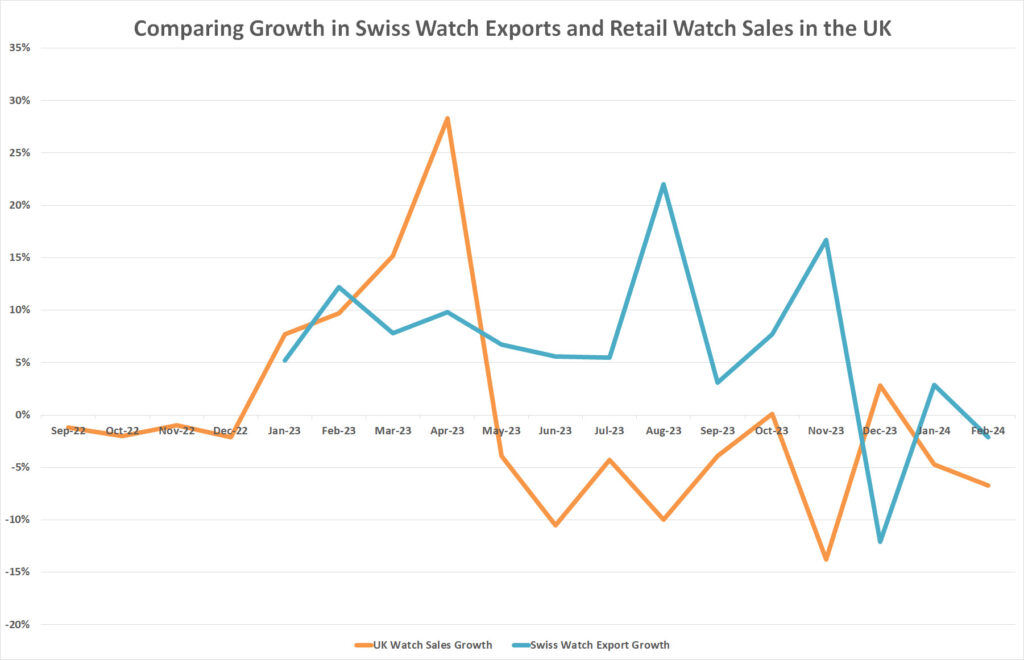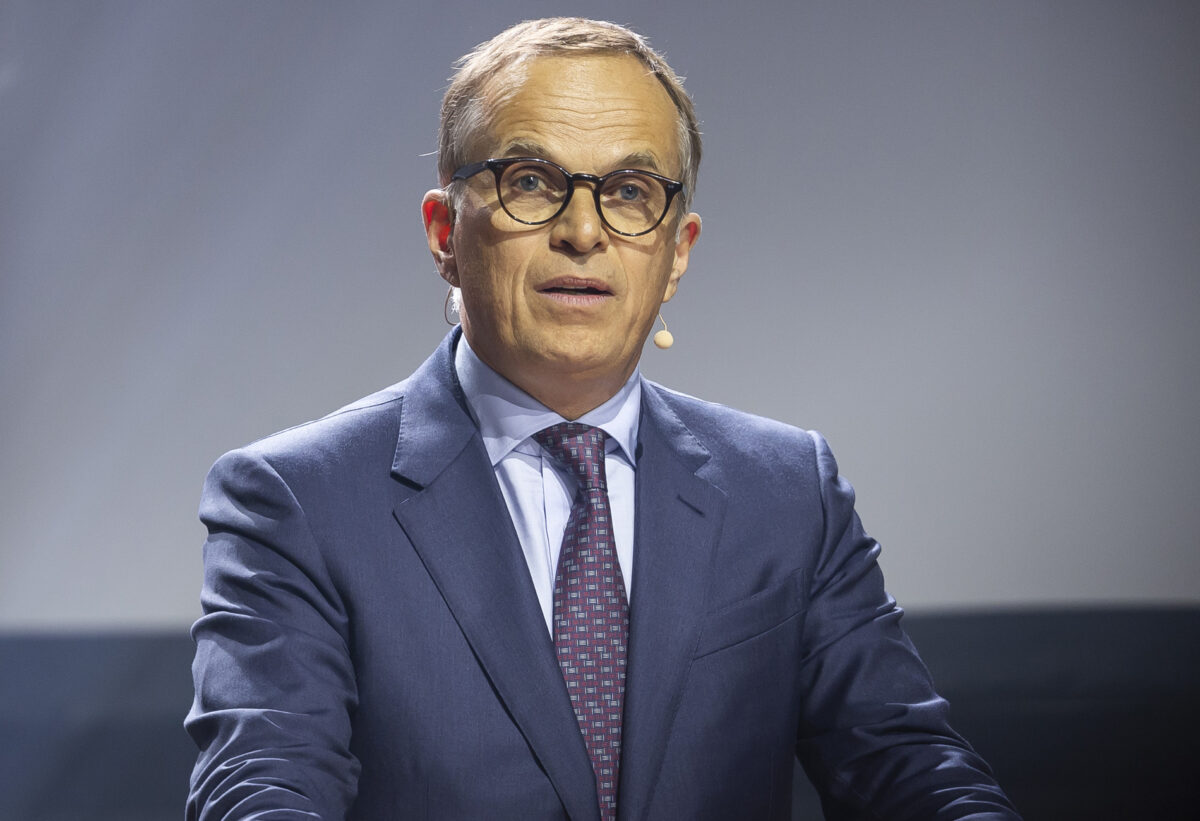Smaller watchmaking businesses may suffer a 15% drop in sales this year but still end up larger than before the post-pandemic boom, the chief executive of Rolex has predicted.
In an interview with Swiss newspaper NZZ, Jean-Frédéric Dufour suggests that this year will be a challenge, but the largest players will suffer least.
“The pendulum is now swinging in the other direction, and it is naturally more pronounced for the less established brands,” Mr Dufour says in an interview in his capacity of president of the Watches and Wonders Foundation ahead of last week’s global trade fair.
“While they may have seen a twenty percent increase in sales during the upswing, they may now experience a fifteen percent decline. For the big brands, the fluctuations are smaller, in the range of plus/minus two to three percent. Big brands never achieve twenty percent annual growth,” he adds.
Rolex does not disclose financial information, but Morgan Stanley estimates that the brand’s turnover grew from CHF 8 billion in 2021 to CHF 10.1 billion last year.
In the same interview, Mr Dufour cautions against over-production leading to rising inventories with retailers and the risk of discounting.
“2024 will be a challenge. A phase in which all manufacturers were doing well is coming to an end. In good times, too much is often produced. When the markets weaken, as is the case now, watch dealers come under pressure and respond with discounts. This is extremely problematic because discounts damage emotional products like ours,” he describes.
Inventories in the channel have been rising, even in the United States, the largest market in the world for Swiss watches.
Luxury Barometer, a US-based analyst of retail watch sales and inventories, said that sales across all price points were down almost 9% in January while month-end inventory increased in value by 10%.
The UK has seen the value of Swiss watch imports coming into the country exceed retail sales every month since May 2023, according to GfK, which could have the dual effect of reducing waiting lists for hot watches and building up inventories.

All luxury Swiss watch manufacturers have been increasing prices over recent years. In addition, the average transaction values are rising as brands focus on more complicated pieces and using more precious metals.
In addition to wider inflationary pressures from, Mr Dufour says the Swiss watchmaking industry faces additional challenges.
“We produce everything here at Swiss costs. So the franc is a challenge,” he notes. “Raw material costs have also risen massively. A kilo of gold currently costs almost CHF 66,000. Thirty years ago, when I started in the watch industry, it was still CHF 18,000. Of course this makes the watches more expensive,” he adds.


Wouldn’t be a challenge if Rolex would kill backdoor flipping and end a lot of the silly grey market games. They’d have a much broader customer base and no worries. And there watches would be on men’s wrists in public, not sitting in a safe waiting for some new money goofball to overpay. No sympathy.
Hi Mark,
As much as you describe the situation accurately, could you please suggest what Rolex could do in real life to fully control and eliminate this?
Hi Mark,
As much as what you state is accurate, could you please elaborate on how in practice you suggest Rolex should operate to control and eliminate these situations?
One way to help (although not a complete fix), is large deposits marked to a fixed and accurate waiting list, this encourages legitimate buyers to invest up front, knowing that in 12-24 months they will get the watch they want and discourages flippers as they don’t want thousands of dollars tied up in escrow.
This can also be tied to a customer accreditation system where customers who bring their original watch to atheir AD after 12 months of ownership can get an accreditation with the manufacturer and be raised up the wait list for future purchases.
Of course, their is nothing in it for the manufacturer and AD other than customer satisfaction, but what’s that worth when they can sell any watch the build tomorrow without the fuss.
The biggest problem are wealthy investors scooping up much of Rolex production and sitting on this stock while releasing products slowly with a 15 to 20% extra markup, smaller Rolex stockists are allocated a few watches every year causing long waiting times for consumers, back in the 1980s I walked into a jewellers selected a Rolex and left with my choice on my wrist a very happy customer, those were the days!.
I mirror the last comment (Mr PW deWit), I still believe tat in order to have retail priced oysters sat on deserving wrists, as it used to be in the days of old, Rolex should have it’s own boutiques or outlets, not tied to even Watches of Switzerland because especially here in UK, the arrogance of most of the staff who think they are even above the Watchmakers is quite beyond category! So Yes, Rolex should be very tight with their control of their product – these AD’s, so called, are/can be Truculent in their disposition and sometimes intimidating in disposition – remember, you are only selling Watches…..Wrist Watches (fine mechanical Art) are a Luxury, not a necessity!